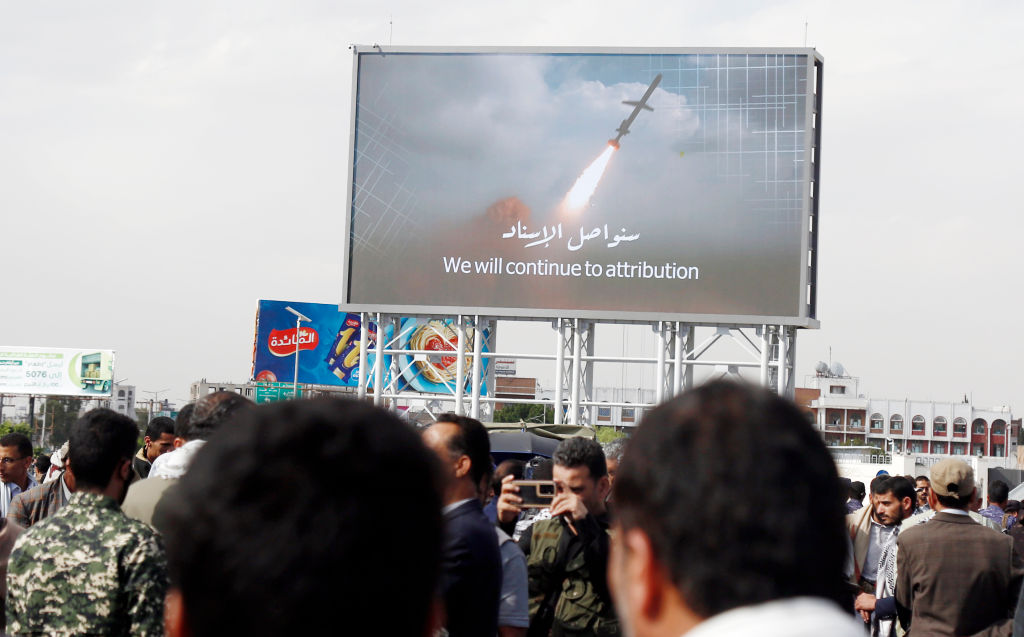On 27 March, the Houthis launched two ballistic missiles at Israel. It also reportedly launched ballistic missiles, cruise missiles, and long-range one-way attack drones at US Navy warships in the region, including the USS Harry S. Truman aircraft carrier.
The attack likely came in response to a series of US air and naval strikes against Houthi forces and military infrastructure in Yemen. These US strikes are part of a broader effort to degrade the Houthis’ ability to threaten international shipping in the Red Sea.
What is notable about the Houthi attack is that it occurred in broad daylight. While the exact motivation is unclear, the timing may have been intended to signal that the Houthis remain undeterred and capable of operating openly, without having to rely on the cover of night. That said, the relatively small number of missile projectiles launched – especially in comparison to earlier Houthi missile strikes against Israel and Western forces operating in the region – suggests that Houthi commanders were aware of the heightened risks and opted for a quick strike requiring minimal preparation and launch time.

Britain’s best politics newsletters
You get two free articles each week when you sign up to The Spectator’s emails.
Already a subscriber? Log in






Comments
Join the debate for just £1 a month
Be part of the conversation with other Spectator readers by getting your first three months for £3.
UNLOCK ACCESS Just £1 a monthAlready a subscriber? Log in